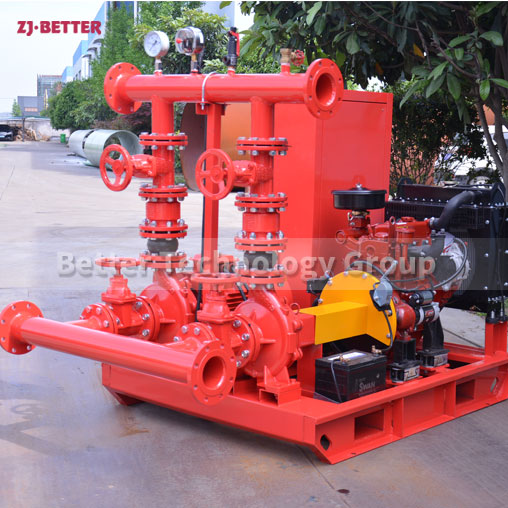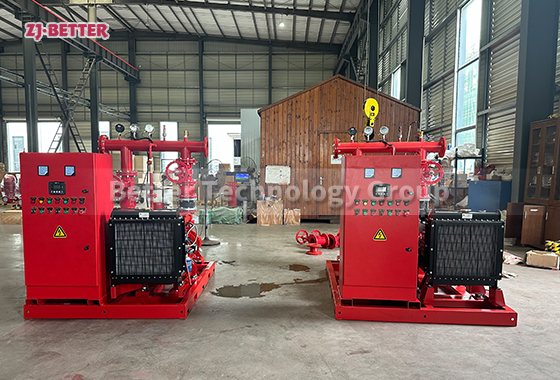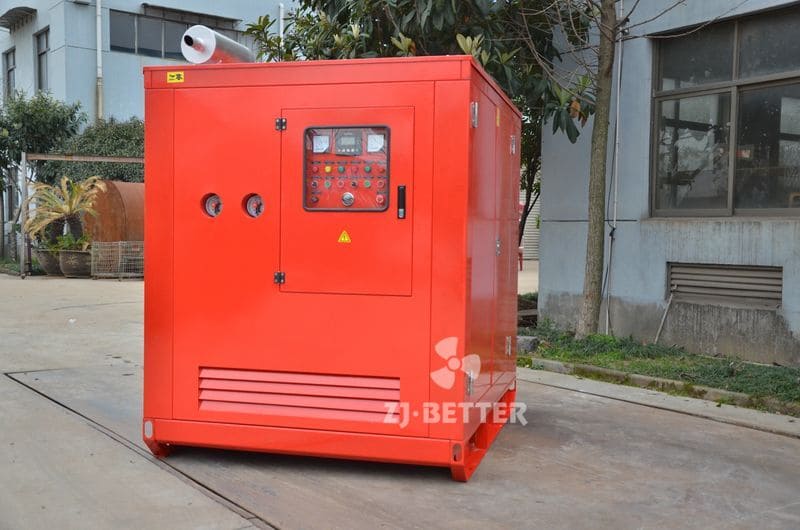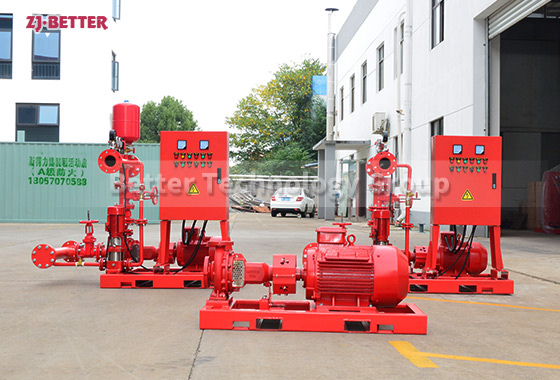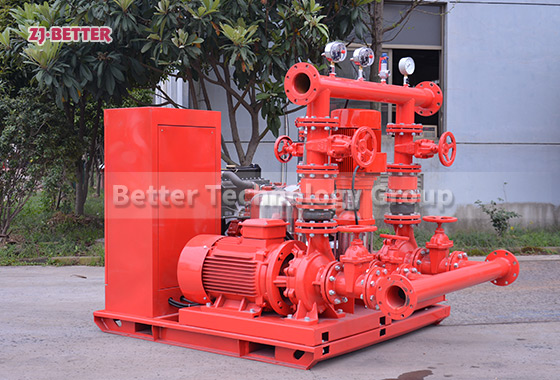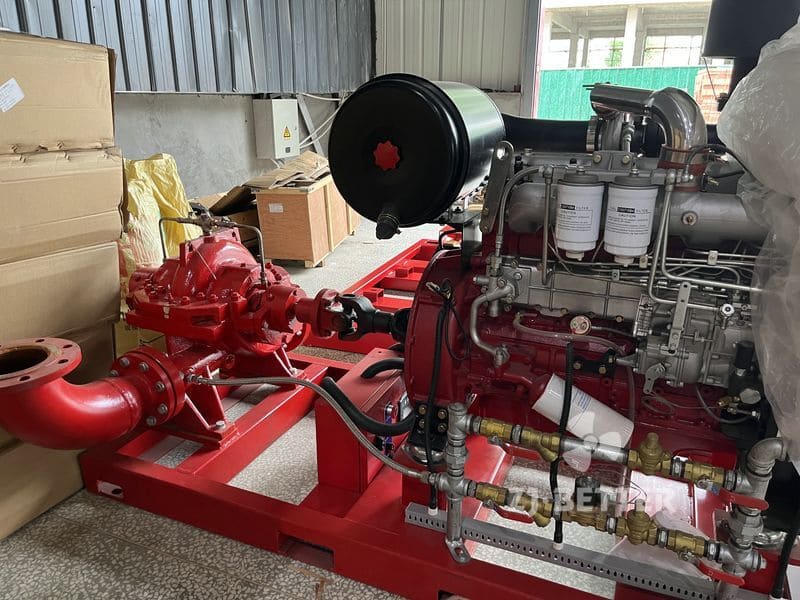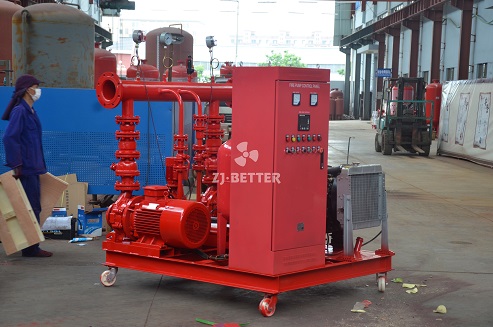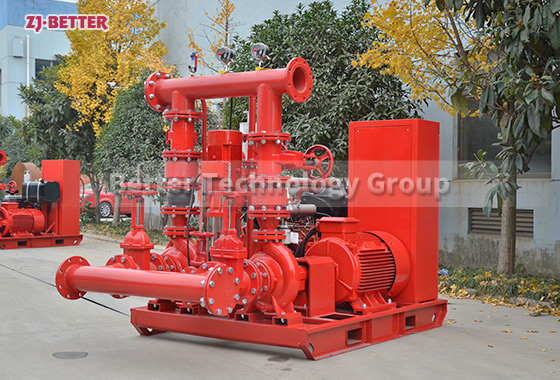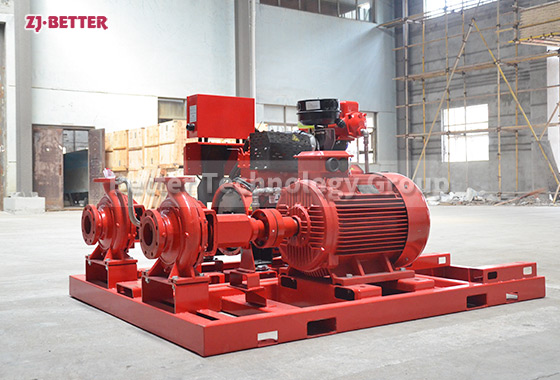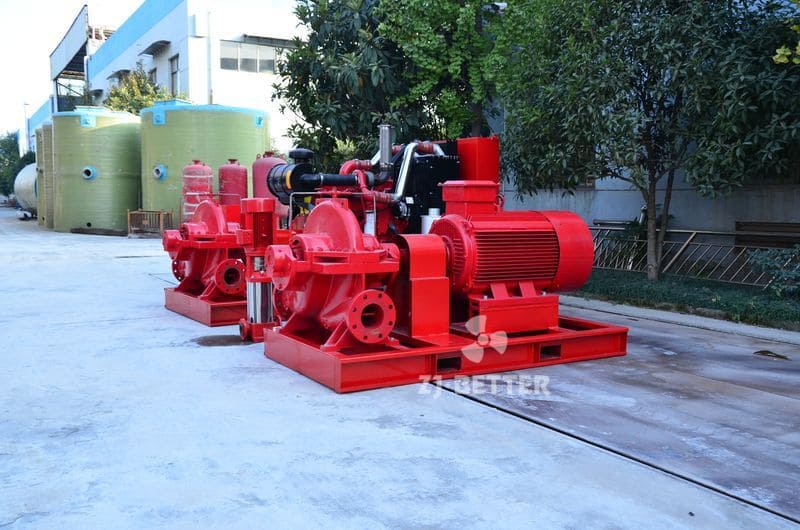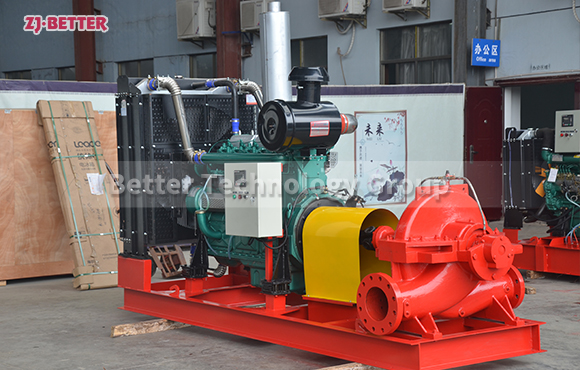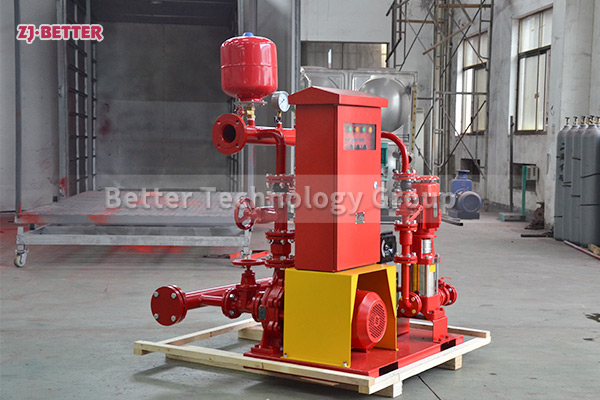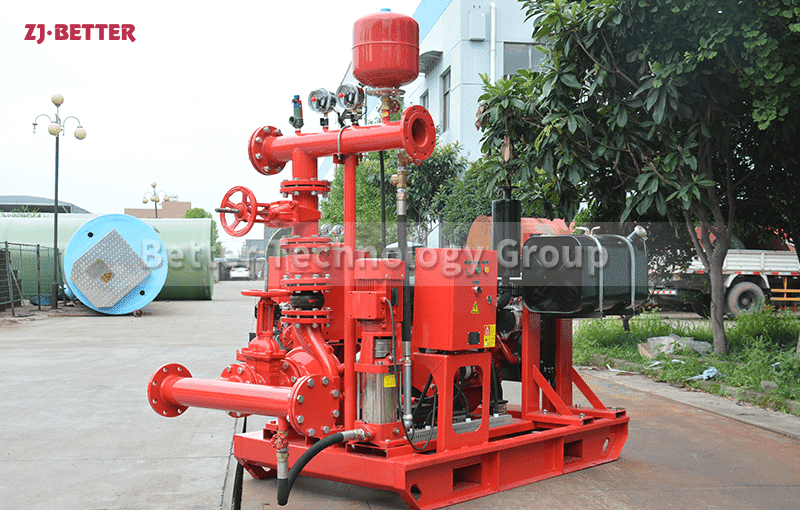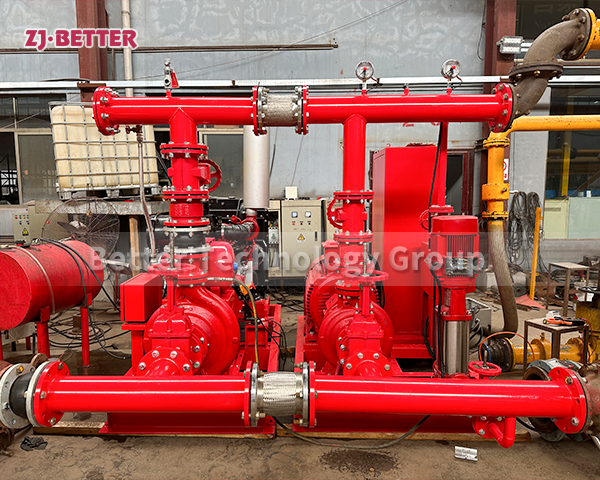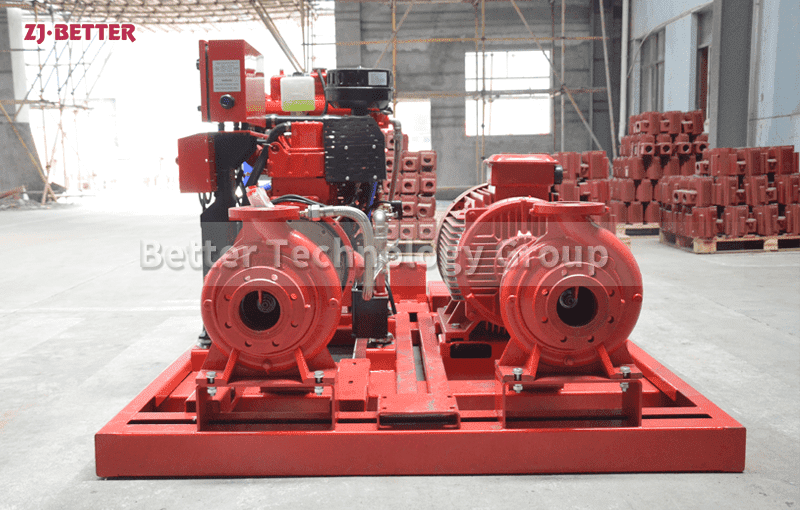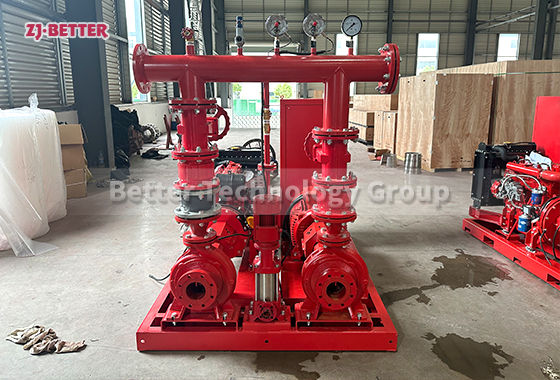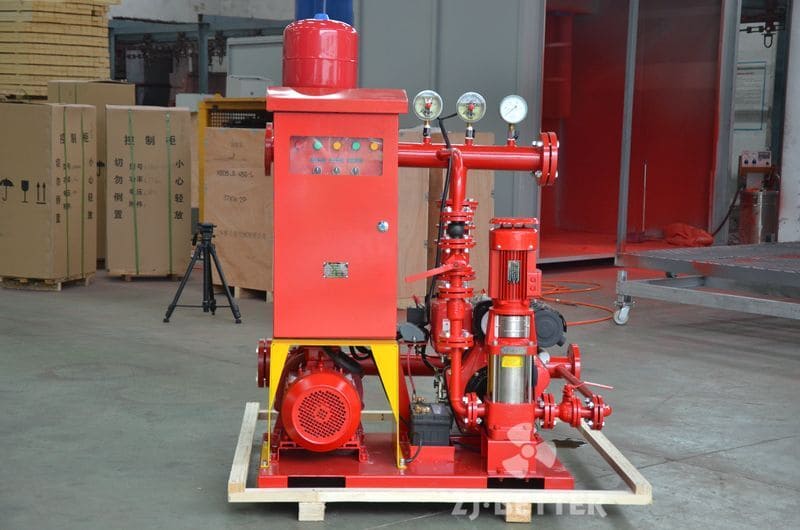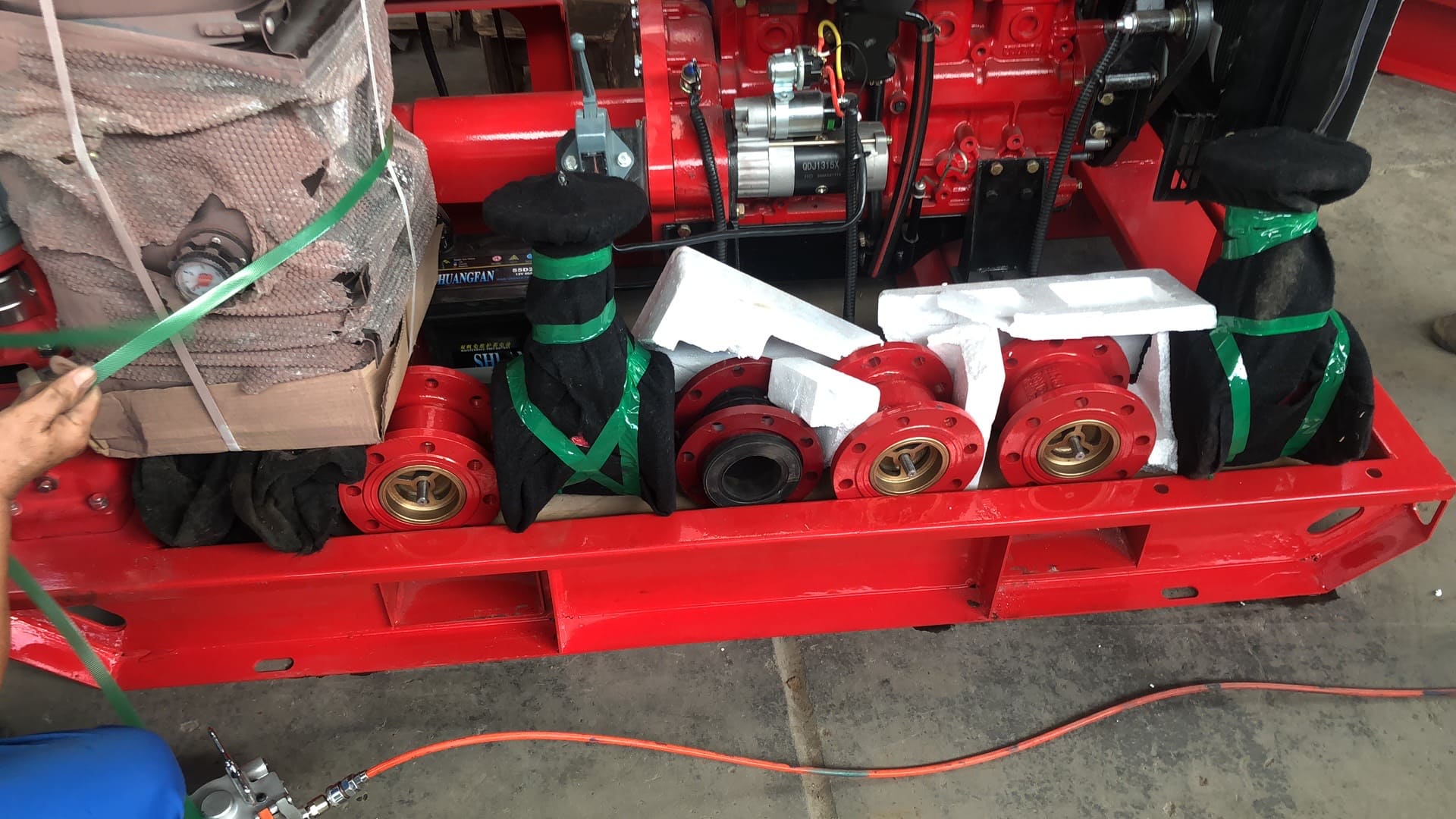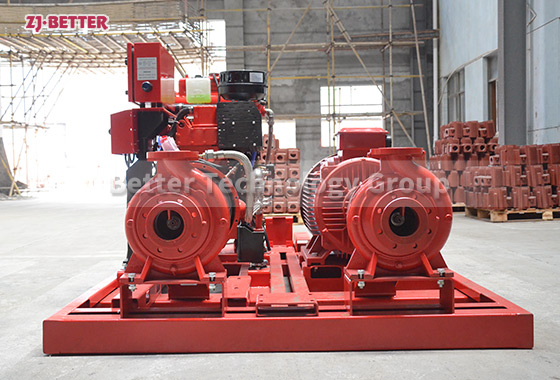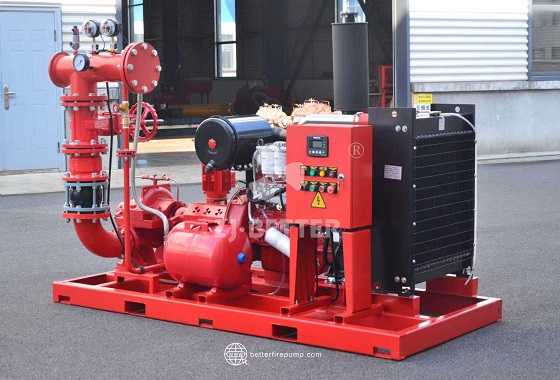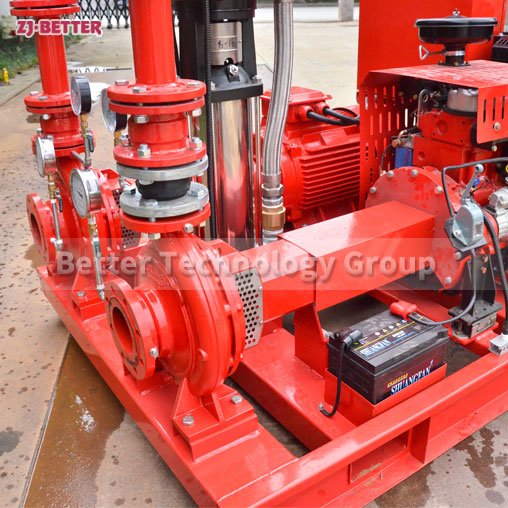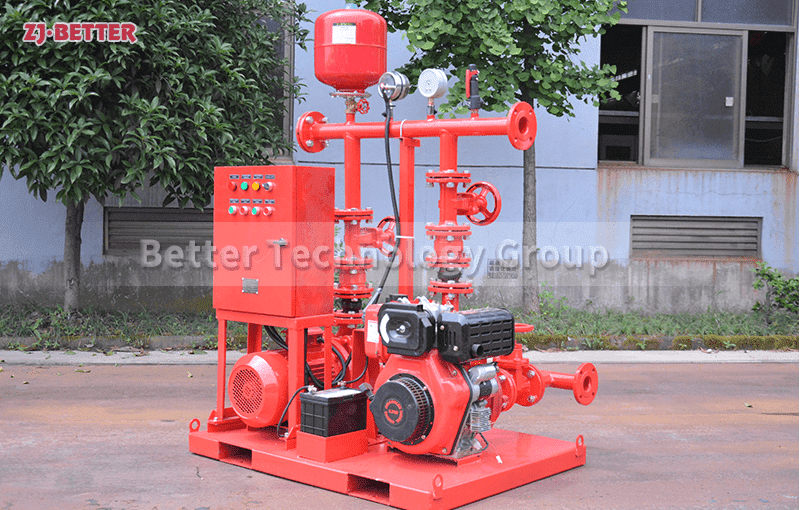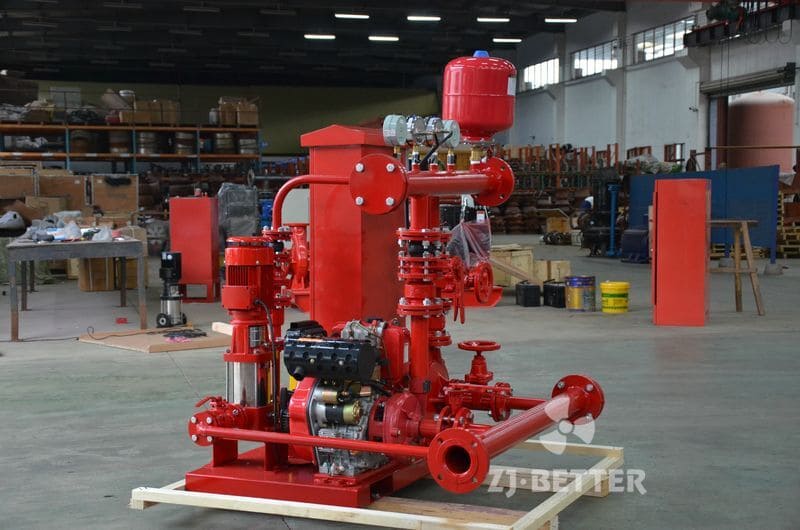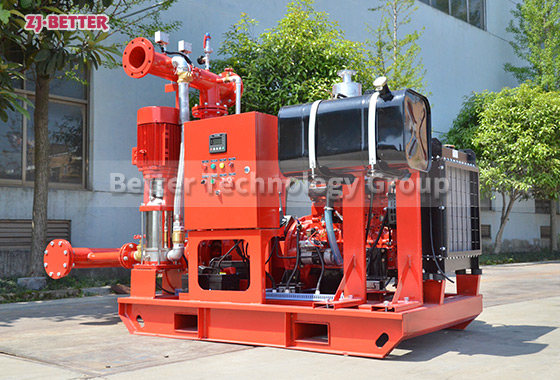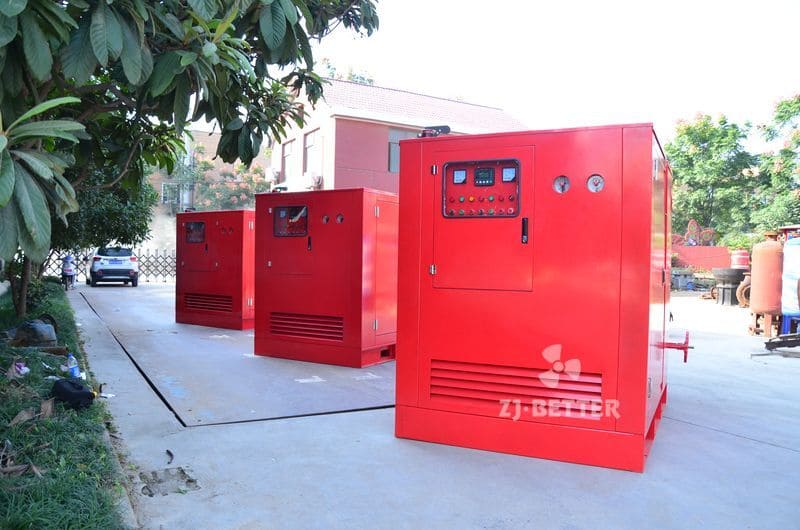End suction EJ pump set
The product is EJ fire pump set. The EJ fire pump set has one electric pump and one jockey pump. The electric pump in the picture is XA pump. XA series horizontal single-stage single-suction centrifugal pump is a new generation of energy saving, environment friendly horizontal centrifugal pump researched and developed by our company, which absorbs advanced technology of similar products abroad and adopts domestic general performance parameters of centrifugal pumps
Better Technology Co., Ltd. was founded in 2002. We are locate in HangBu development zone, Quzhou, Zhejiang, with convenient transportation access, covering an area of 20000 square meters,for 15000 square meters workshop. It combines the functions of professional design, development, manufacture and sale of general fluid equipment of high-tech enterprise. Better Technology has own motor factory and control panel factory, can make customized product.
Better Pump has established many sales distributions and agencies in the major provinces in China. Through attending a variety of large scale exhibition, we have developed a broader market.
We are looking forward to forming successful business relationships with new clients around the world in the near future.



